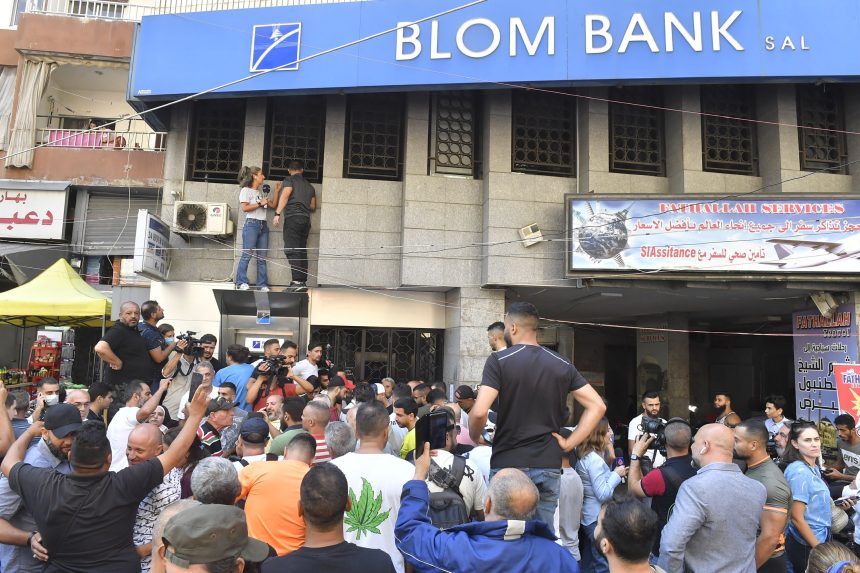Lebanon’s 2019 financial collapse triggered a banking crisis that has left depositors locked out of their savings and financial institutions in a state of paralysis. Nearly five years later, the sector remains frozen, compounding the country’s economic woes and eroding investor confidence.
LIMS warns that continued inaction on banking reform is prolonging economic stagnation. The government must move beyond drawn-out debates over restructuring and prioritize on restoring financial intermediation. LIMS advocates for a dual-track approach: First, create the conditions allowing current banks to resume lending operations with “new dollars” (fresh funds entering the system). This measure would provide finance to a starving market and would allow jumpstart the economy. Banks would then use a portion of the resulting profits to repay “old dollars” (pre-crisis deposits). To prevent a repeat of past failures, banks should be barred from placing funds of lending money to the central bank. Simultaneously, new banks should be allowed to enter the market.
Second, the current fiscal discipline should continue. The government must generate budget surpluses to gradually repay its debts to the central bank, which in turn would allow the reimbursement of commercial bank deposits. This approach has already shown results—foreign exchange reserves have risen by more than $1.5 billion over the past 18 months. Those reserves should be deployed to reduce the central bank’s holding of government bond. This would improve the recovery rate for depositors and restore some trust in the financial sector. Without decisive action, Lebanon risks further entrenching its economic crisis, with a paralyzed banking system acting as a drag on recovery.
- Depositors’ Money Is A Debt, And The State Must Settle It, January 20, 2025: Beirut 24, Video Interview AR
- The Solution To The Deposit Issue Starts With The State, January 22, 2025: This Is Lebanon, Video Interview AR

